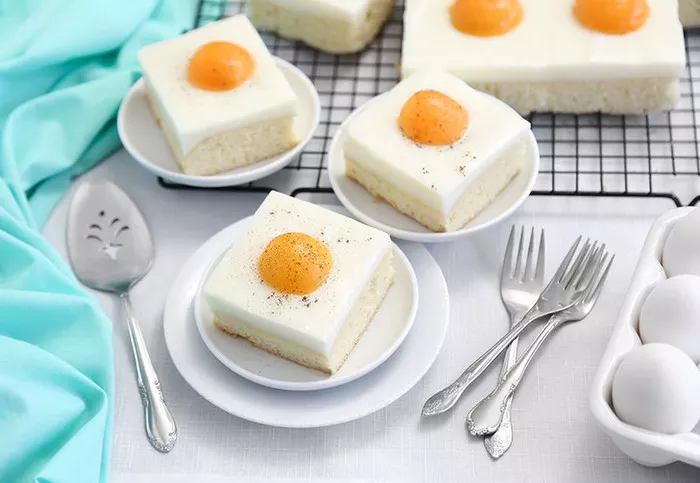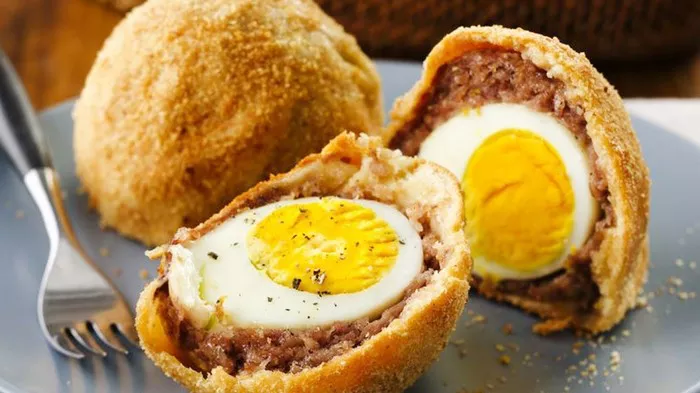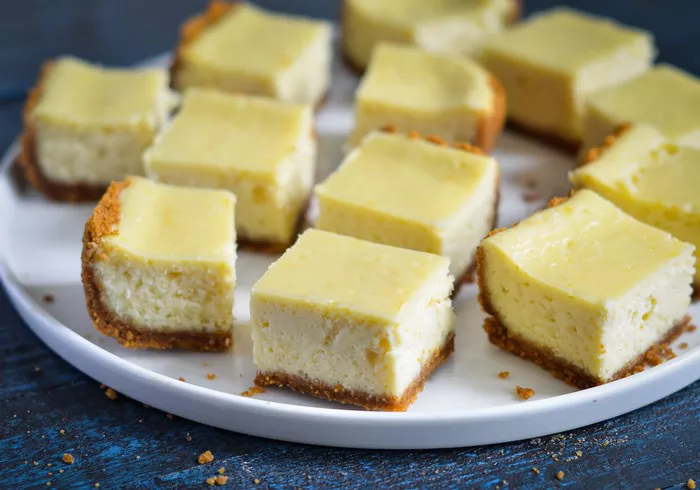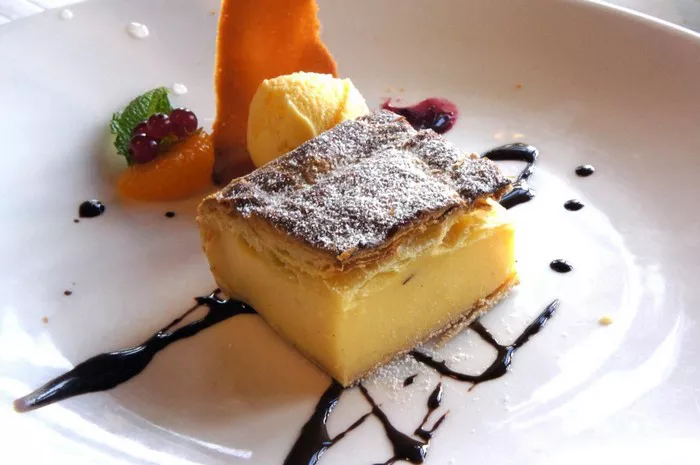Cannoli cream, the luscious filling nestled inside the crisp shell of a traditional Italian cannolo, is a symphony of flavors and textures. This iconic dessert has captivated taste buds worldwide, but its heart lies in the simplicity and quality of its ingredients. Beyond its culinary appeal, cannoli cream also holds psychological and cultural significance, making it a fascinating subject for both food enthusiasts and those interested in human behavior.
The Core Ingredients of Cannoli Cream
At its essence, cannoli cream is a rich, sweetened cheese mixture. While variations exist, the classic recipe relies on a handful of key components.
Ricotta Cheese
Ricotta cheese is the backbone of authentic cannoli cream. Made from the whey leftover during cheese production, ricotta has a mild, slightly sweet flavor and a creamy yet grainy texture. In Sicily, where cannoli originated, sheep’s milk ricotta is traditionally used for its distinct richness. The cheese’s subtle tang balances the sweetness of other ingredients, creating a harmonious base.
Sugar
Granulated sugar is blended into the ricotta to sweeten the filling. Confectioners’ sugar is sometimes used for its ability to dissolve quickly, ensuring a smooth texture. The amount of sugar can vary, but it typically complements—not overpowers—the cheese’s natural flavor.
Vanilla and Citrus
Vanilla extract or vanilla bean paste adds warmth and depth to the cream. Citrus zest, often from oranges or lemons, introduces a bright, aromatic note. These elements elevate the filling from simple to sublime, engaging the senses with every bite.
Chocolate and Nuts
Mini chocolate chips or chopped pistachios are frequently folded into the cream. The chocolate provides a bittersweet contrast, while nuts contribute crunch. These additions create a multisensory experience, satisfying the brain’s desire for varied textures.
Variations in Cannoli Cream Recipes
While traditional cannoli cream adheres to specific ingredients, modern adaptations reflect creativity and cultural influences.
Mascarpone Blends
Some recipes mix mascarpone cheese with ricotta for a silkier texture. Mascarpone’s buttery profile adds indulgence, appealing to those who crave richer desserts. This variation highlights how ingredient substitutions can alter both flavor and mouthfeel.
Dairy-Free Alternatives
Plant-based versions use almond or cashew-based “ricotta” to cater to vegan diets. These alternatives mimic the original’s creaminess while introducing nutty undertones. Such adaptations demonstrate how food evolves to meet diverse needs and preferences.
Spices and Liqueurs
Cinnamon, nutmeg, or a splash of Marsala wine are occasionally added for complexity. These ingredients tap into the brain’s affinity for layered flavors, triggering pleasure through sensory stimulation.
The Psychology Behind Cannoli Cream’s Appeal
Cannoli cream isn’t just a treat for the palate—it also engages the mind. Understanding its psychological impact reveals why this dessert resonates so deeply.
Comfort and Reward
Sweet, creamy foods like cannoli cream activate the brain’s reward system. Sugar triggers dopamine release, associated with pleasure and satisfaction. The fat content in ricotta or mascarpone further enhances this effect, creating a sense of comfort. For many, indulging in cannoli cream evokes feelings of nostalgia or celebration, linking it to positive memories.
Sensory Satisfaction
The combination of smooth cheese, crunchy nuts, and melting chocolate provides varied textures that keep the brain engaged. This multisensory experience aligns with the concept of “hedonic eating,” where eating is motivated by pleasure rather than hunger.
Cultural and Emotional Connections
Cannoli cream often features in family gatherings and festivals, reinforcing its role in social bonding. Sharing food fosters connection, and desserts like cannoli become symbols of tradition and identity. For Italian-Americans, it may serve as a tangible link to heritage, invoking pride and belonging.
Cannoli Cream in Cultural Context
The story of cannoli cream is intertwined with history and migration, reflecting broader societal trends.
Sicilian Roots
Cannoli originated in Sicily during the Arab rule of the island (9th–11th centuries). The Arabs introduced sugarcane and citrus, which later became staples in the filling. Initially a Carnival treat, cannoli symbolized fertility and abundance. The cream’s white color represented purity, while the fried shell echoed golden wealth.
Immigration and Adaptation
Italian immigrants brought cannoli to the United States in the early 20th century. Over time, the dessert evolved—shells grew larger, and fillings incorporated locally available ingredients like cow’s milk ricotta. This adaptability ensured its survival in new environments, illustrating how food traditions morph while retaining core elements.
Global Popularity
Today, cannoli cream appears in fusion desserts worldwide, from cannoli cakes to ice cream. Its versatility makes it a canvas for innovation, yet its classic form remains beloved. This duality—honoring tradition while embracing change—mirrors broader cultural dynamics.
Crafting the Perfect Cannoli Cream
Achieving the ideal balance of flavor and texture requires attention to detail. Here are tips for both novice and experienced cooks.
Selecting Quality Ingredients
Use fresh, high-fat ricotta for the creamiest results. Drain excess liquid through a cheesecloth to prevent a watery filling. For authenticity, seek out sheep’s milk ricotta, though cow’s milk versions work well.
Balancing Sweetness
Taste the cream before adding mix-ins. Adjust sugar gradually, remembering that chocolate or candied fruit will add sweetness. A pinch of salt can enhance overall flavor without making it salty.
Incorporating Mix-Ins
Fold chocolate chips or nuts into the cream just before filling shells to maintain texture. Overmixing can break down the ricotta, leading to a grainy consistency.
Storing and Serving
Fill cannoli shells immediately before serving to prevent sogginess. Store leftover cream in an airtight container for up to three days. For a festive touch, pipe the cream using a star-shaped nozzle.
Cannoli Cream Beyond Dessert
Creative chefs have found ways to incorporate cannoli cream into savory and sweet dishes alike.
Breakfast Innovations
Spread cannoli cream on toast or swirl it into pancake batter for a decadent breakfast. The protein-rich cheese provides sustained energy, while sugar offers a quick morning boost.
Savory Twists
Mix herbs or black pepper into the cream for a savory dip. Pair with crackers or vegetable crudités for an unexpected appetizer. This experimentation reflects the growing trend of reimagining traditional dishes.
Beverage Pairings
Cannoli cream pairs beautifully with espresso or dessert wines. The bitterness of coffee contrasts with the sweet filling, creating a balanced flavor profile. Such pairings enhance the dining experience, appealing to those who enjoy culinary exploration.
The Future of Cannoli Cream
As dietary preferences shift, cannoli cream continues to adapt.
Health-Conscious Versions
Low-sugar or protein-enriched recipes cater to health-minded consumers. Greek yogurt might replace part of the ricotta for added probiotics, showing how traditional foods can align with modern wellness trends.
Sustainability Focus
Artisan producers are emphasizing locally sourced ingredients, reducing the carbon footprint. Sheep’s milk ricotta from small farms supports ethical agriculture, resonating with eco-conscious buyers.
Technological Influence
Social media platforms like Instagram have amplified cannoli cream’s popularity, with visually striking versions going viral. Virtual cooking classes now teach global audiences how to make it, democratizing access to once-regional recipes.
Conclusion
Cannoli cream is more than a dessert filling—it’s a cultural artifact, a psychological comfort, and a testament to culinary ingenuity. From its humble Sicilian beginnings to its modern-day variations, it embodies the interplay between tradition and innovation. By understanding its ingredients, history, and impact on the senses, we gain a deeper appreciation for this beloved treat. Whether enjoyed in a bustling Italian bakery or homemade with care, cannoli cream remains a timeless celebration of flavor, memory, and connection.
Related topics:
Can You Make Cheese from Heavy Cream
























